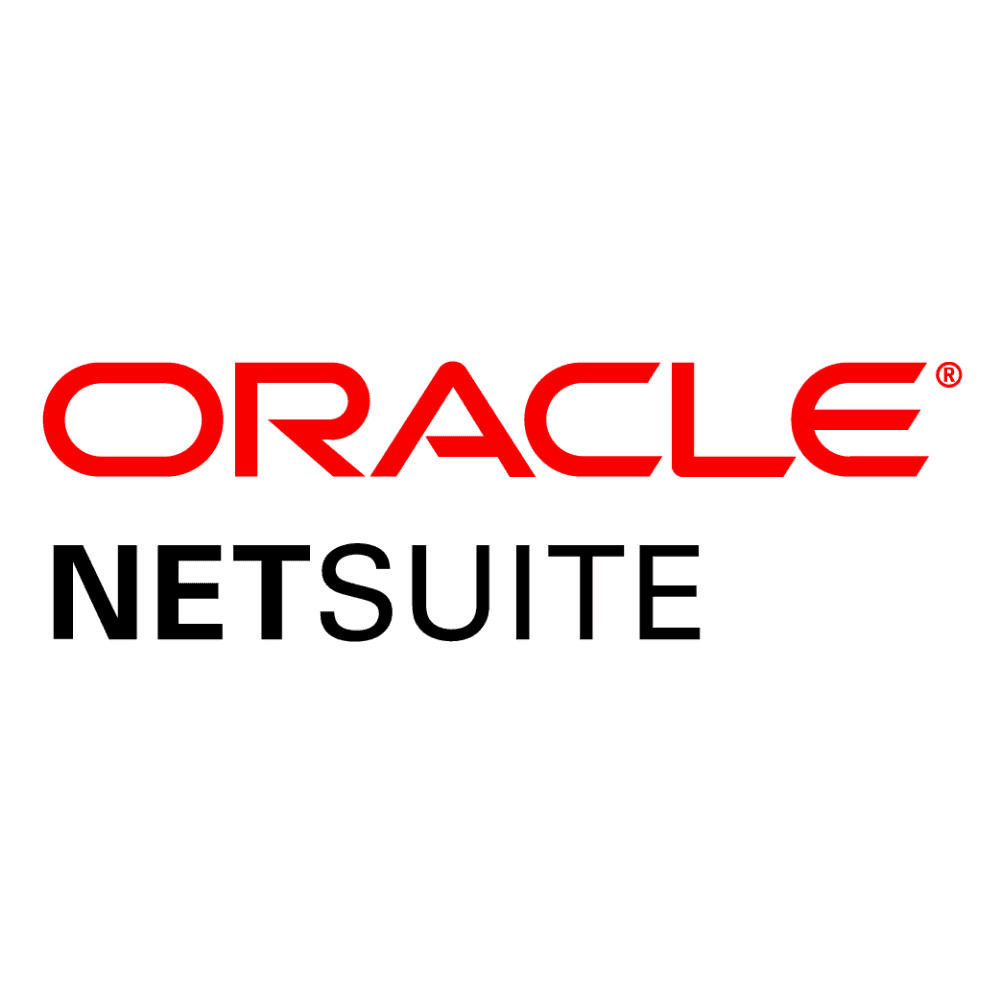How to load data from NetSuite to Google BigQuery


Don't go through the pain of direct integration.
RudderStack’s NetSuite integration makes it easy to send data from NetSuite to Google BigQuery and all of your other cloud tools.
For more details, see our NetSuite to Google BigQuery integration.
Access your data on NetSuite
The first step in loading your NetSuite data to any kind of data warehouse solution is to access them and start extracting it.
NetSuite’s data model comes into to three following versions:
- SuiteScript Model: Suitable if working with Script or the Workflow Tool.
- Web Service Model: Suitable when external applications need to connect to NetSuite.
- ODBC/JDBC Model: Available when SuiteAnalytics module is purchased. This allows you to connect to a real-only version of NetSuite using ODBC or JDBC drivers.
Although differences do exist among the aforementioned models, the main types of information are always present and, among others, include the following:
- Accounts
- Transactions
- Campaigns
- Revenue Recognition
When working with the SuiteScript Model, you can extend the SuiteScript API using RESTlets.This way you can deploy server-side scripts that interact with NetSuite data following RESTful principles. RESTlets offer ease of adoption for developers familiar with SuiteScript and support more behaviors than NetSuite’s SOAP-based web services, which are limited to those defined as SuiteTalk operations.
On the other hand, if you choose the Web Service model you will have to work with NetSuite's web services API which is implemented using the SOAP protocol, adding some complexity to your development as you will have to manage SOAP and XML responses.
Also, keep in mind that as in every other API, you will have to respect the API usage limits and make sure that you handle errors correctly.
Transform and prepare your NetSuite data for Google BigQuery
After you have accessed data on NetSuite, you will have to transform it based on two main factors,
- The limitations of the database that is going to be used
- The type of analysis that you plan to perform
Each system has specific limitations on the data types and data structures that it supports. If for example you want to push data into Google BigQuery, then you can send nested data like JSON directly. Keep in mind that in the case you are working with the web services SOAP API you will get XML responses. Of course, when you are dealing with tabular data stores, like Microsoft SQL Server, this is not an option. Instead, you will have to flatten out your own data, just as in the case of JSON, before loading into the database.
Of course, when you are dealing with tabular data stores, like Microsoft SQL Server, this is not an option. Instead, you will have to flatten out every data, just as in the case of JSON, before loading into the database.
Also, you have to choose the right data types. Again, depending on the system that you will send the data to and the data types that the API exposes to you, you will have to make the right choices. These choices are important because they can limit the expressivity of your queries and limit your analysts on what they can do directly out of the database.
With the NetSuite web services API you also have two main additional sources of complexity. When it comes to data types you have to keep in mind that SOAP is using XML to describe the service and the data, so the data types that you have to map are coming from XML and might have automatically been transformed into the primitive data types of the language that you are using.
Load data from NetSuite to Google BigQuery
If you want to load NetSuite data to Google BigQuery, you have to use one of the following supported data sources.
- Google Cloud Storage
- Sent data directly to BigQuery with a POST request
- Google Cloud Datastore Backup
- Streaming insert
- App Engine log files
- Cloud Storage logs
From the above list of sources, 5 and 6 are not applicable in our case.
For Google Cloud Storage, you first have to load data into it, there are a few options on how to do this, for example, you can use the console directly as it is described here and do not forget to follow the best practices.
Another option is to post data through the JSON API, as we see again APIs play an important role in both the extraction but also the loading of data into our data warehouse. In its simplest case, it’s just a matter of one HTTP POST request using a tool like CURL or Postman.
After you have loaded data into Google Cloud Storage, you have to create a Load Job for BigQuery to actually load the data into it. This Job should point to the source data in Cloud Storage that have to be imported, this happens by providing source URIs that point to the appropriate objects.
The best way to load data from NetSuite to BigQuery
So far we just scraped the surface of what you can do with BigQuery and how to load data into it. Things can get even more complicated if you want to integrate data coming from different sources.
Are you striving to achieve results right now?
Instead of writing, hosting, and maintaining a flexible data infrastructure use RudderStack that can handle everything automatically for you.
RudderStack with one click integrates with sources or services, creates analytics-ready data and syncs your NetSuite to BigQuery right away.
Sign Up For Free And Start Sending Data
Test out our event stream, ELT, and reverse-ETL pipelines. Use our HTTP source to send data in less than 5 minutes, or install one of our 12 SDKs in your website or app.
Don't want to go through the pain of direct integration? RudderStack's NetSuite integration makes it easy to send data from NetSuite to Google BigQuery.